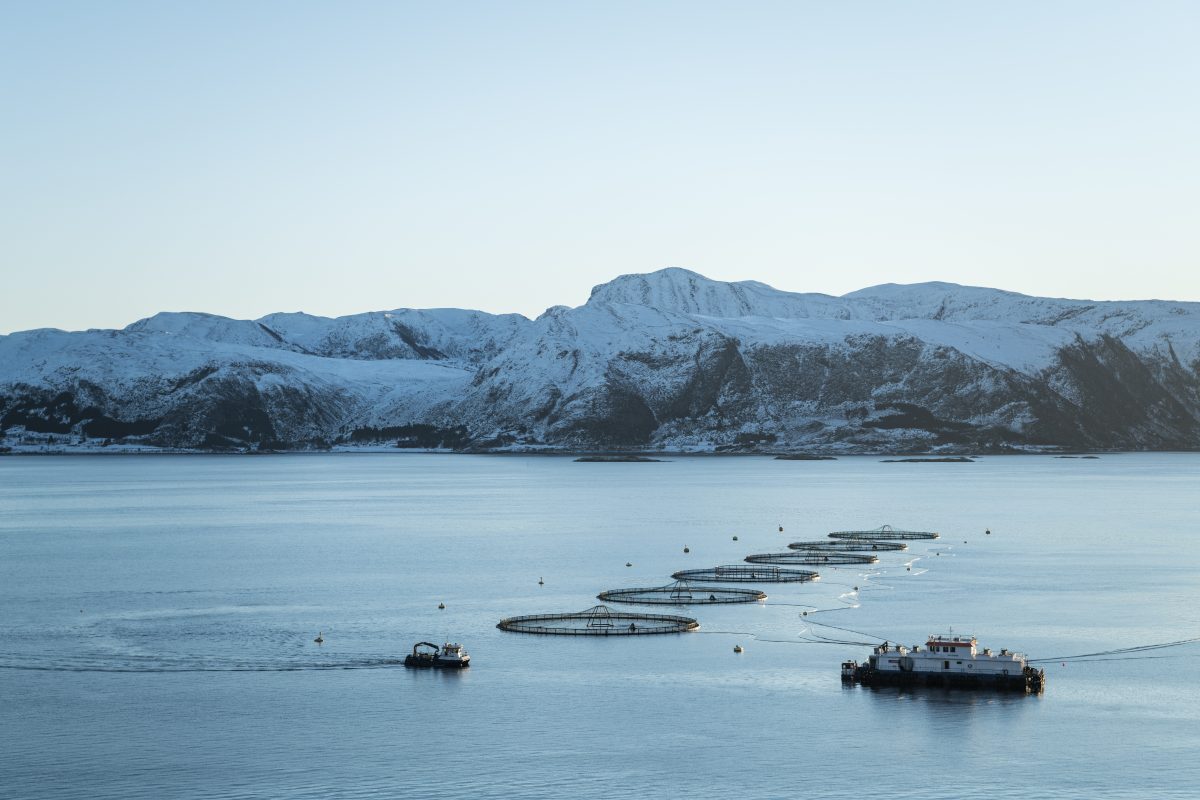Norway’s biological issues cut into Mowi’s Q1 profit

Mowi has today spoken of a biologically challenging 2024 first quarter at its Norwegian farms.
The world’s largest farmer of Atlantic salmon produced an operational profit or EBIT of €201m (£173m) between January and March this year. This is well down on last year’s figure of €322m (£277m).
Revenues were slightly down on 12 months ago at 1.33bn euros (£1.144m).
CEO Ivan Vindheim said that the first quarter of this year has been biologically challenging for Mowi in Norway, due to winter sores and abnormally high occurrences of jellyfish, as well as a very cold winter.
He went on: “I am therefore pleased that the situation has improved significantly in the second quarter. We are now also vaccinating our fish in Norway with the new winter sore vaccine, and the results so far are promising.
“Together with other measures we are taking, we therefore believe in a significantly better wound situation next year.”
Outside Norway, the company’s six other farming countries have delivered strong biological performances.
Vindheim said it was reassuring to see improvements in Scotland and that its Chilean operation has handled the El Niño period well.
“Our other farming regions abroad have also delivered strong biological results in the quarter.
“As a result of improved biology, lower feed prices and scale, Mowi expects lower production costs in the second half of the year.”
Mowi harvested 96,500 tonnes of salmon in the first quarter and stands at the end of the period with a record high biomass in the sea.
Combined with improved biological performance in the second quarter, this means that the company is sticking to its 2024 harvest target of a record 500,000 tonnes, which will be a milestone in the company’s 60-year history.
This corresponds to growth of 5.3% from last year, which is once again significantly higher than the growth for the rest of the industry.
Mowi has invested heavily in increasing the size of the smolt before it is released into the sea. Vindheim said he was certain that this will lead to further growth and improved biological performance in the years to come.
“Towards the end of the year, we will have the capacity to produce almost 40 million post smolt. This amounts to approximately 25% of our total smolt production, and in Norway alone the figure will be closer to 50%if one takes Region Nord out of the calculation for natural reasons.
“This will lead to both better utilisation of licences, as well as increased fish welfare and survival.”

